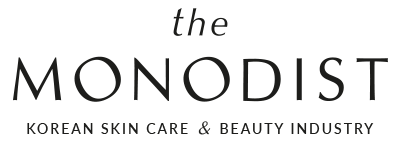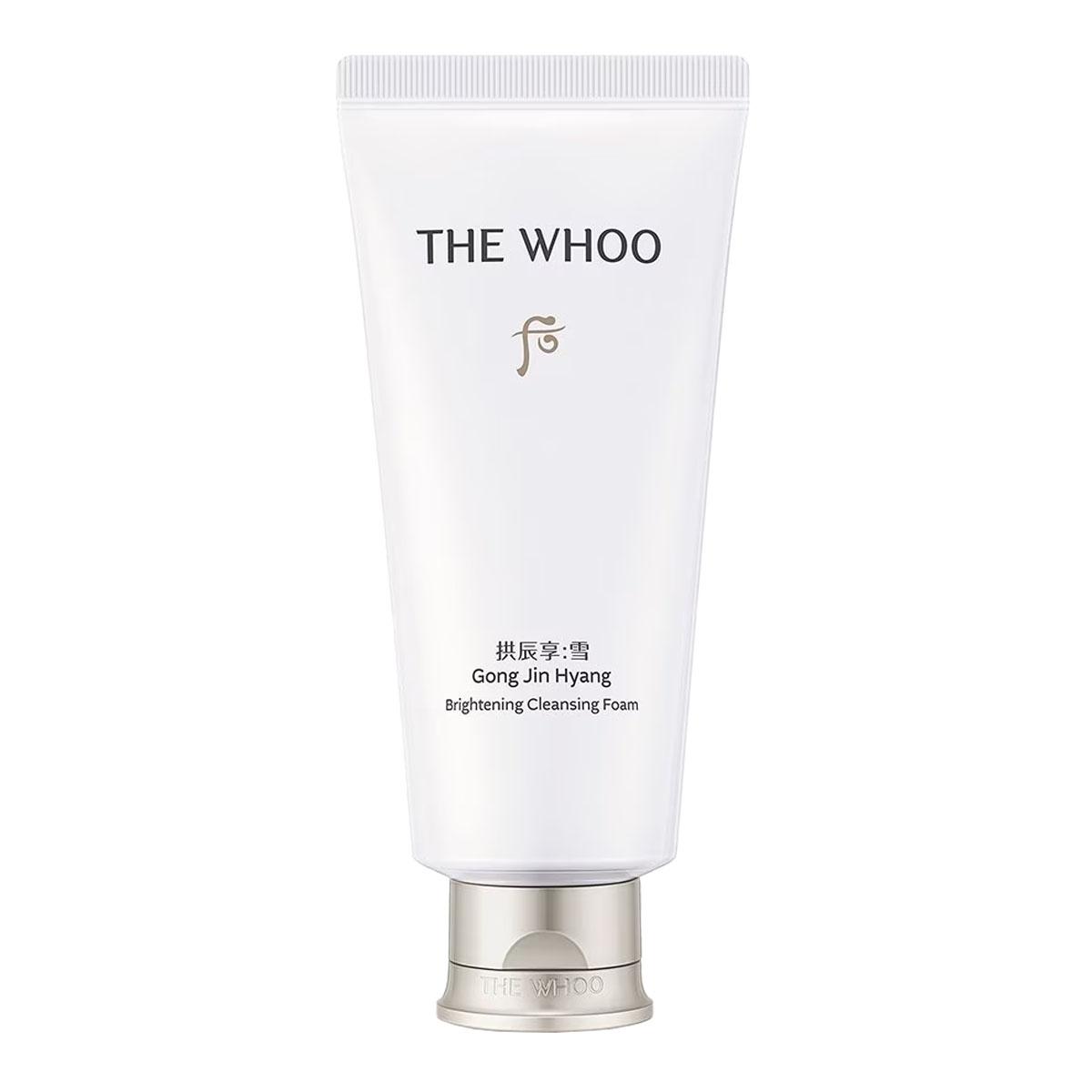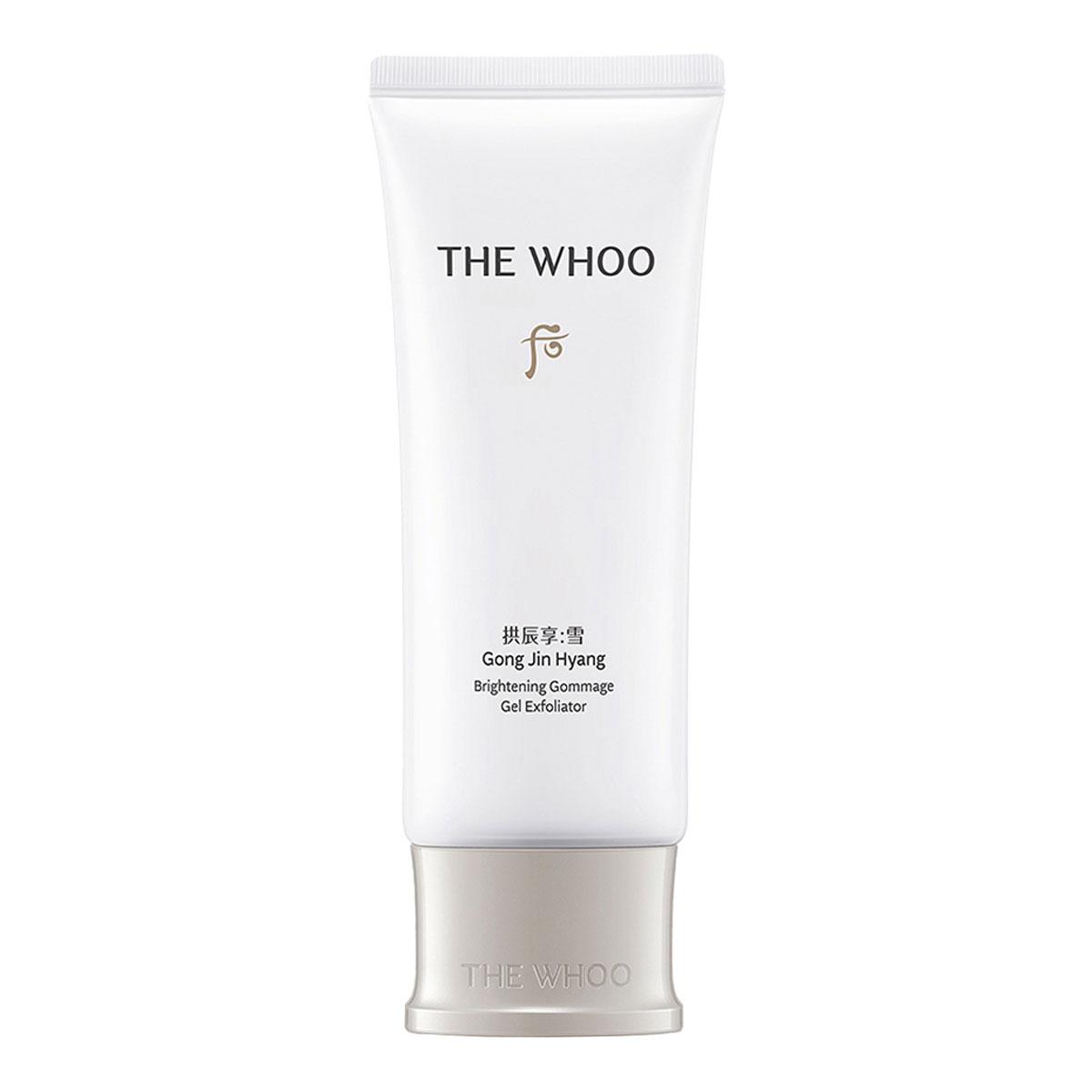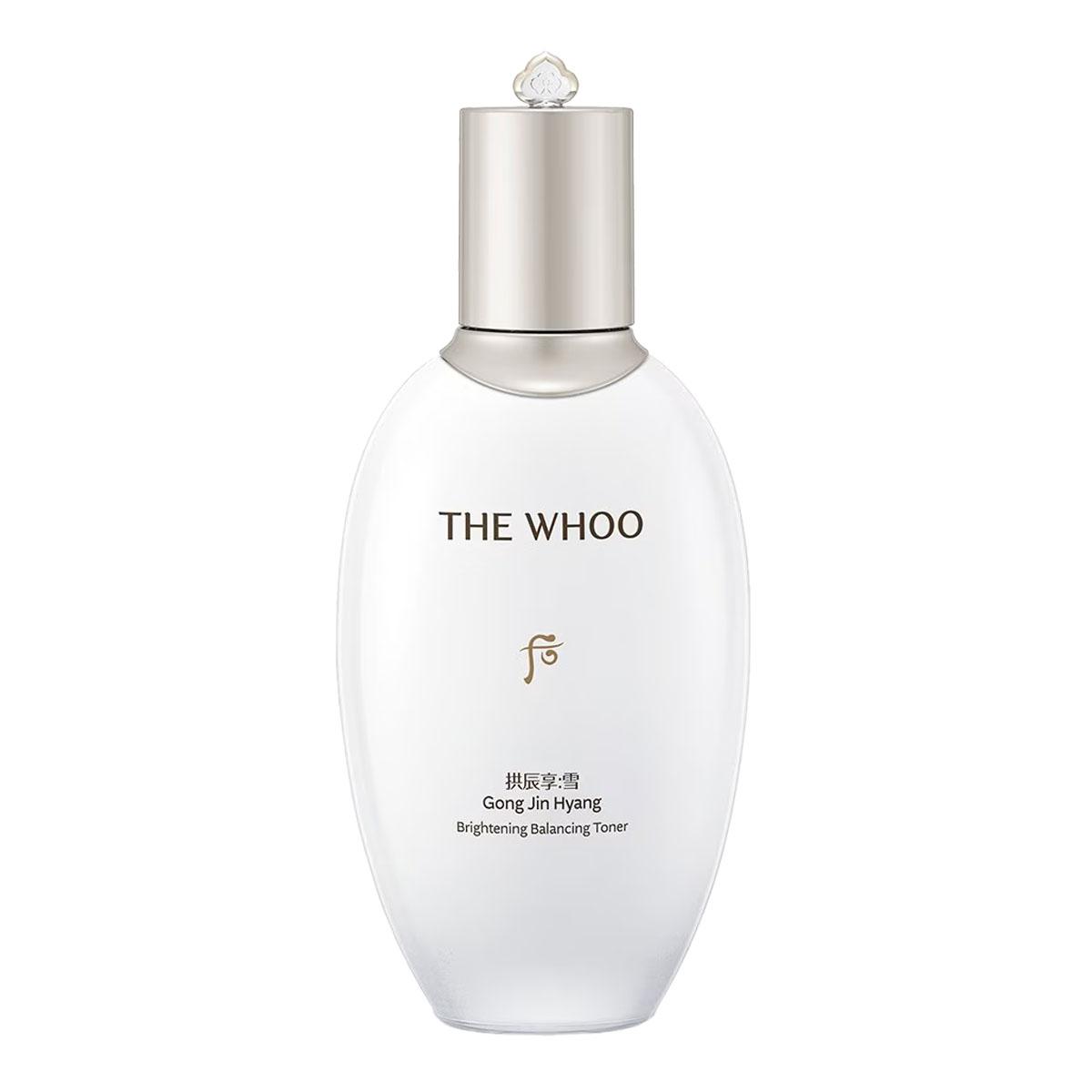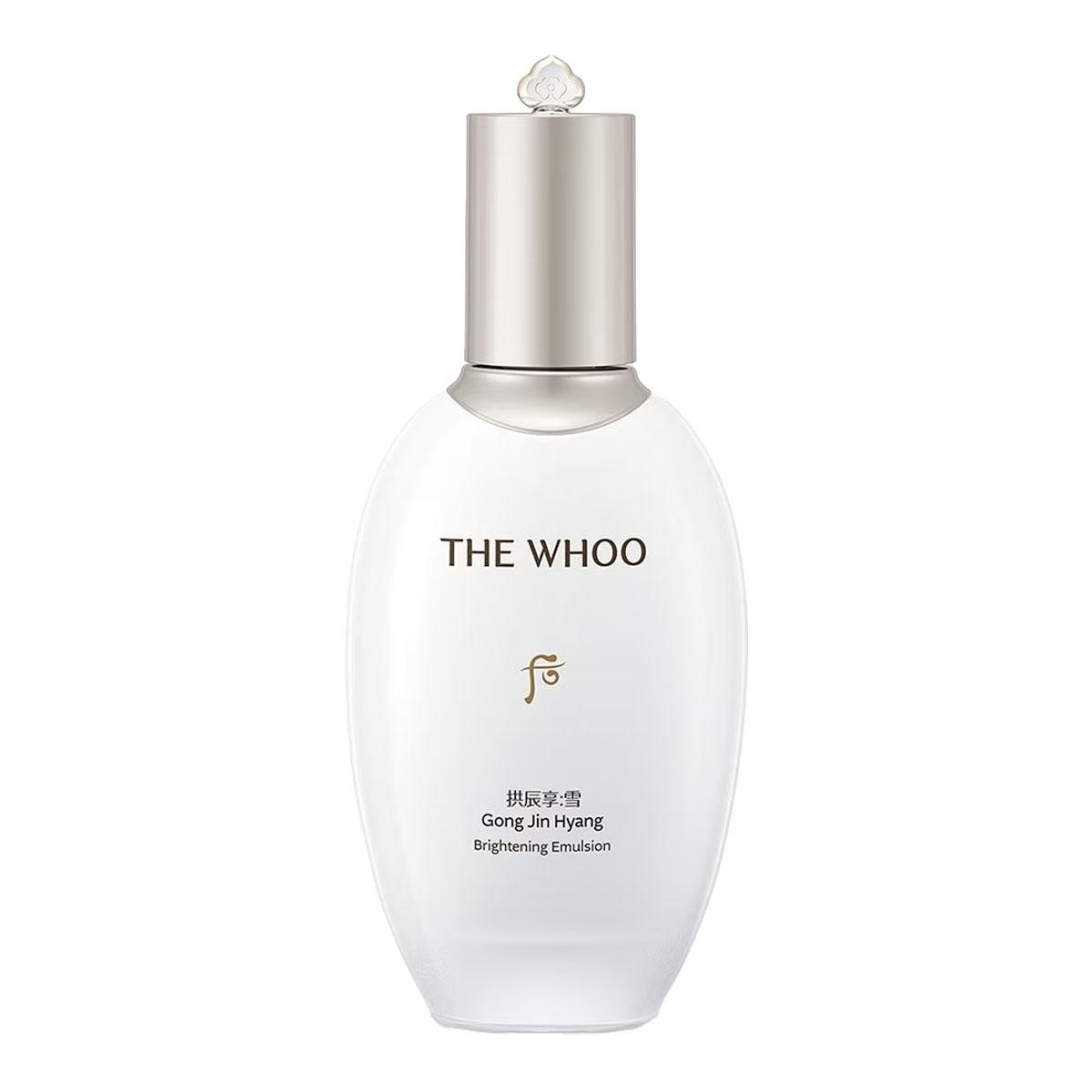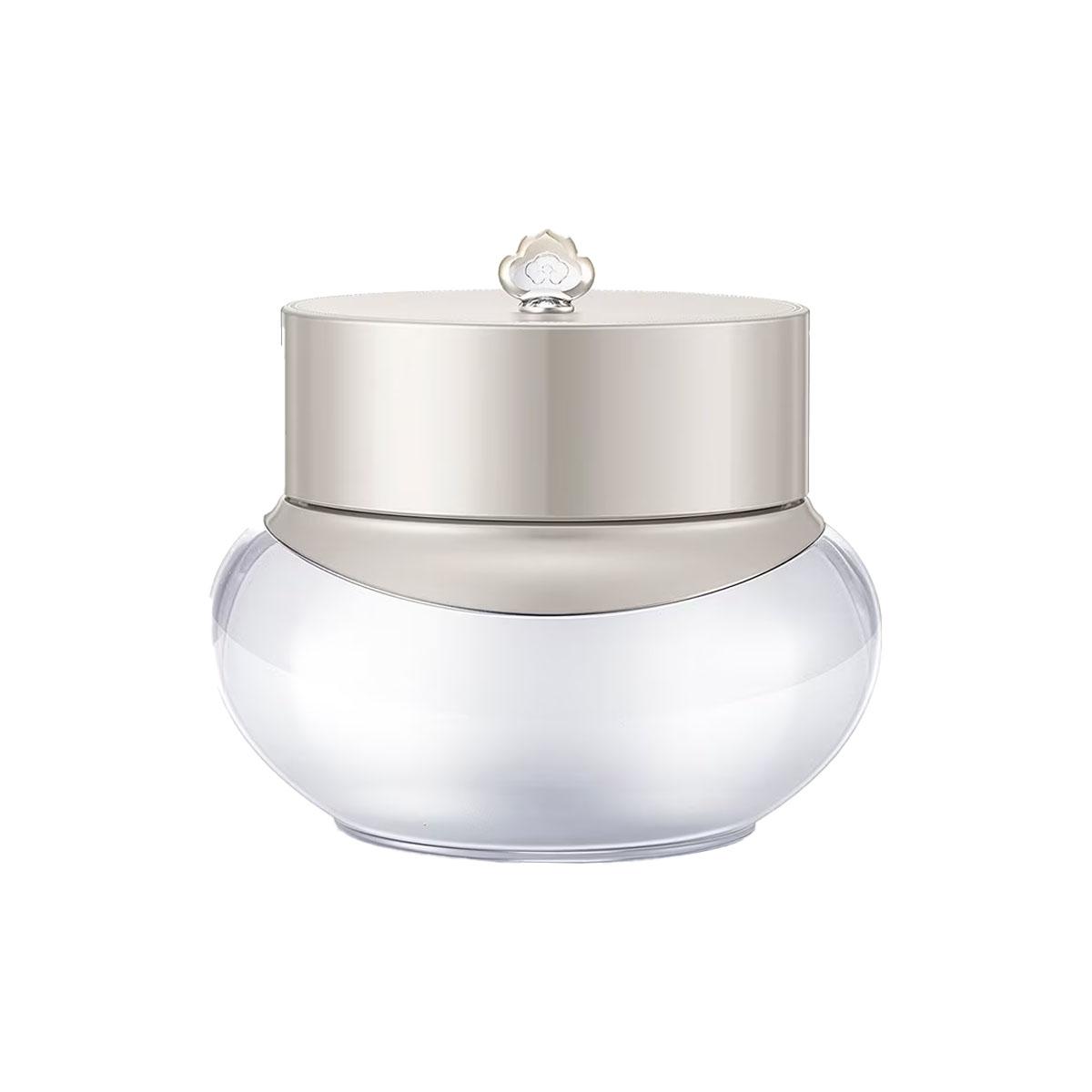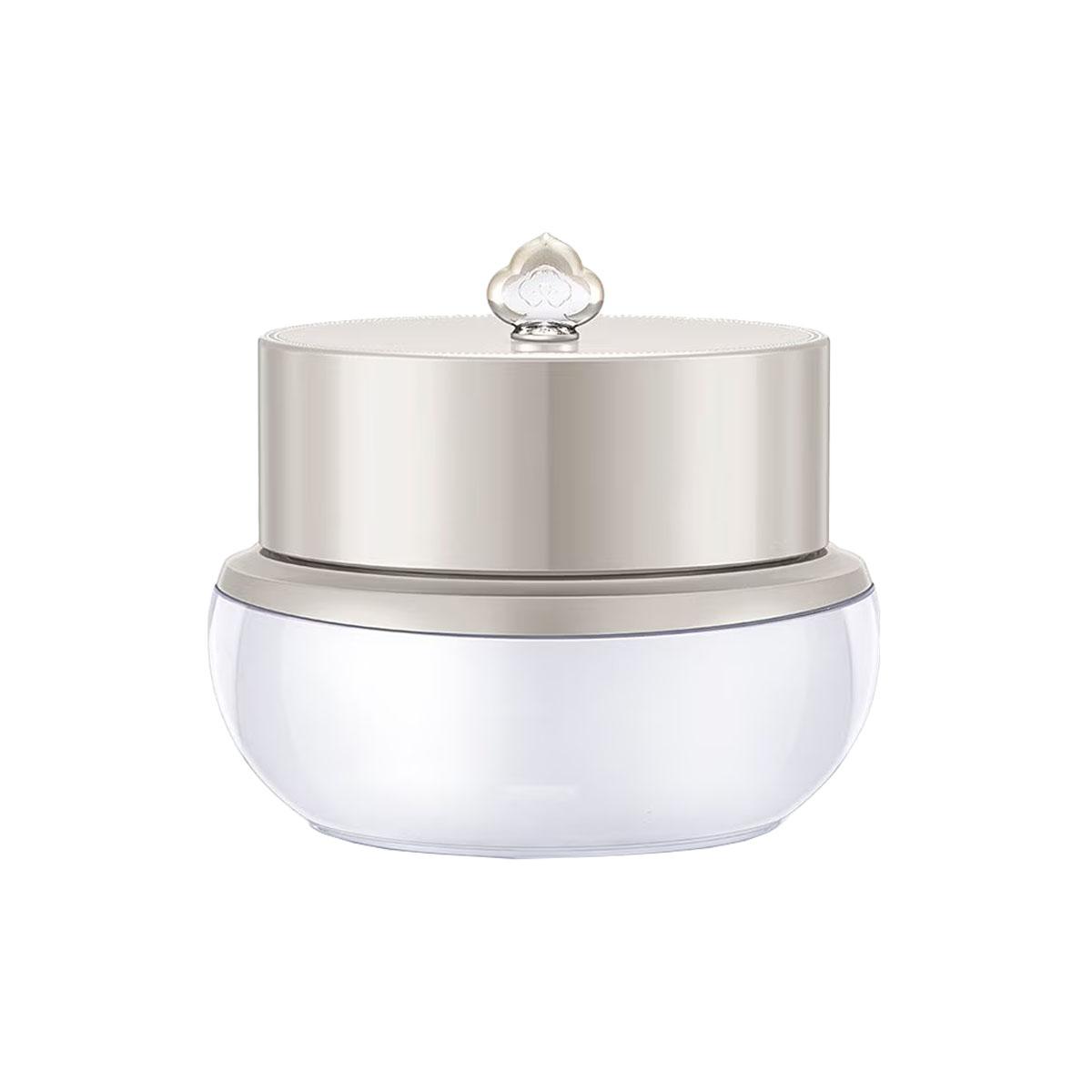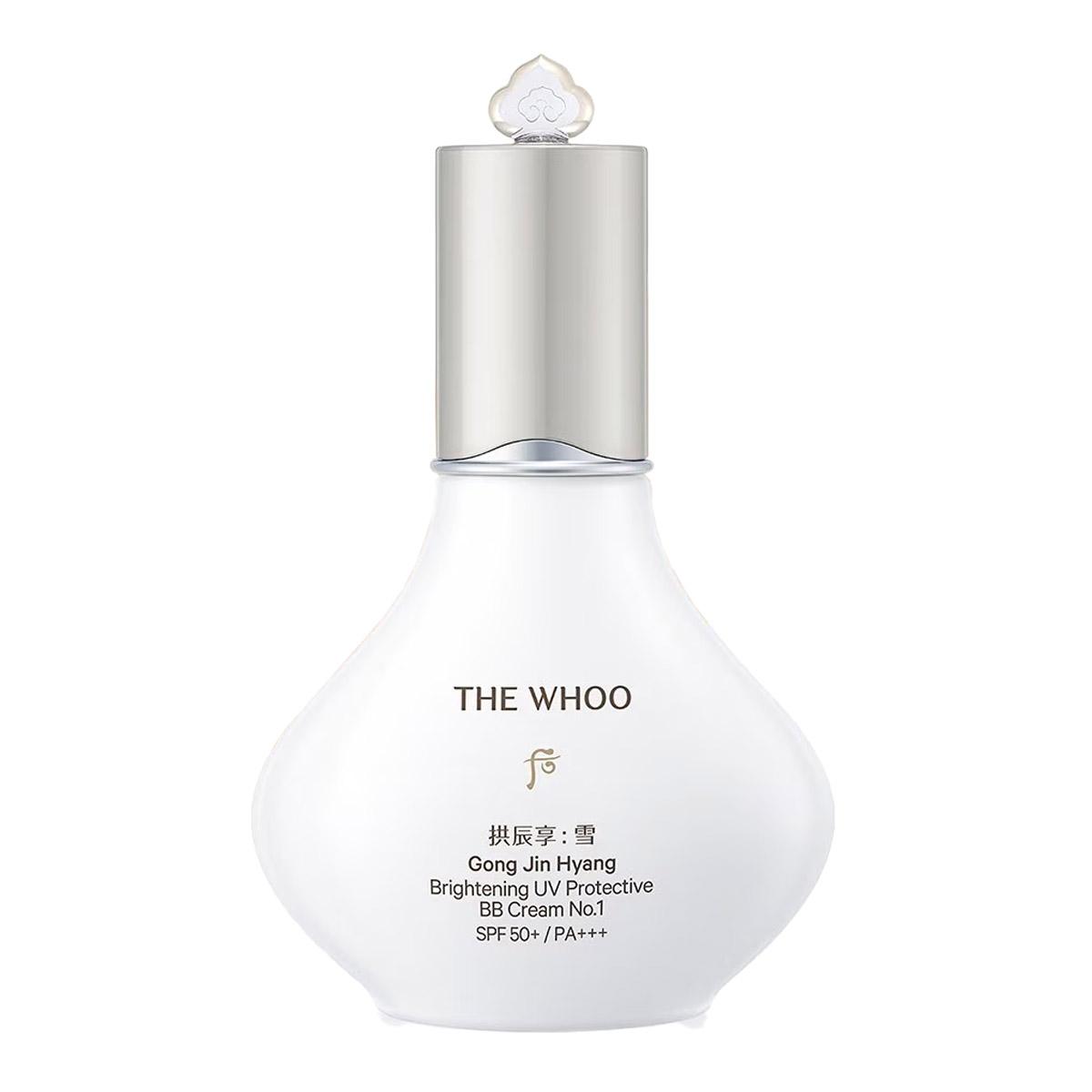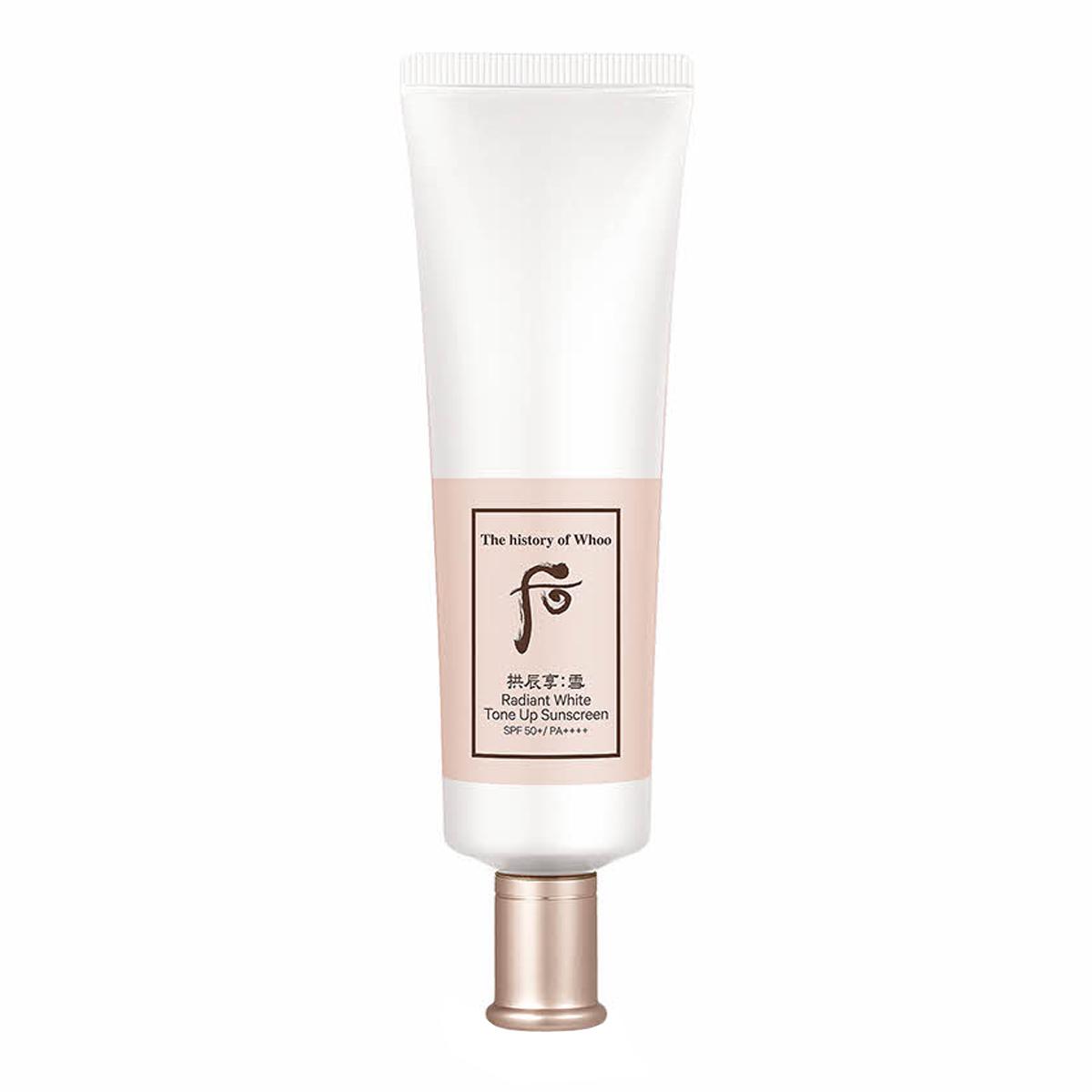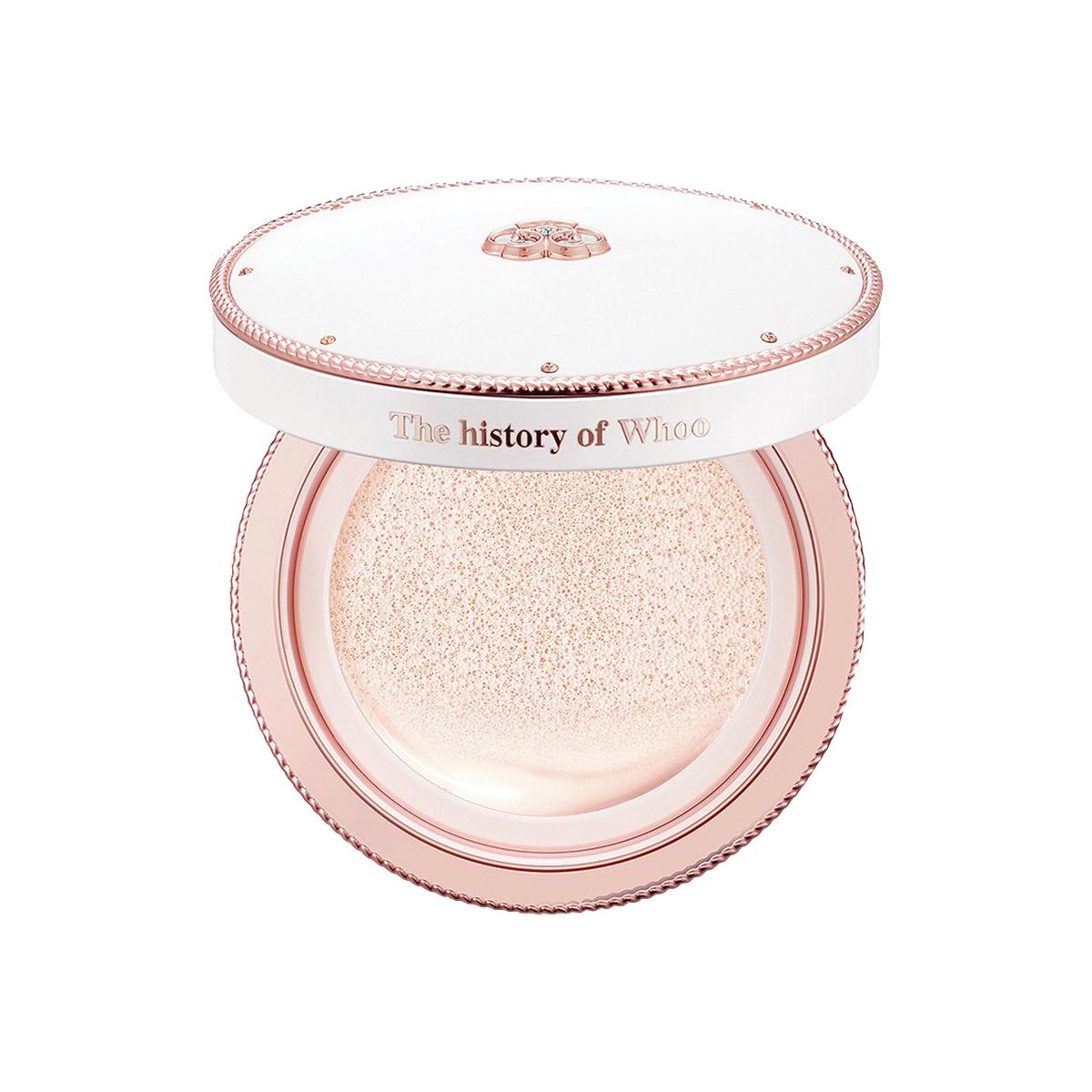The History of Whoo
Gong Jin Hyang Brightening line
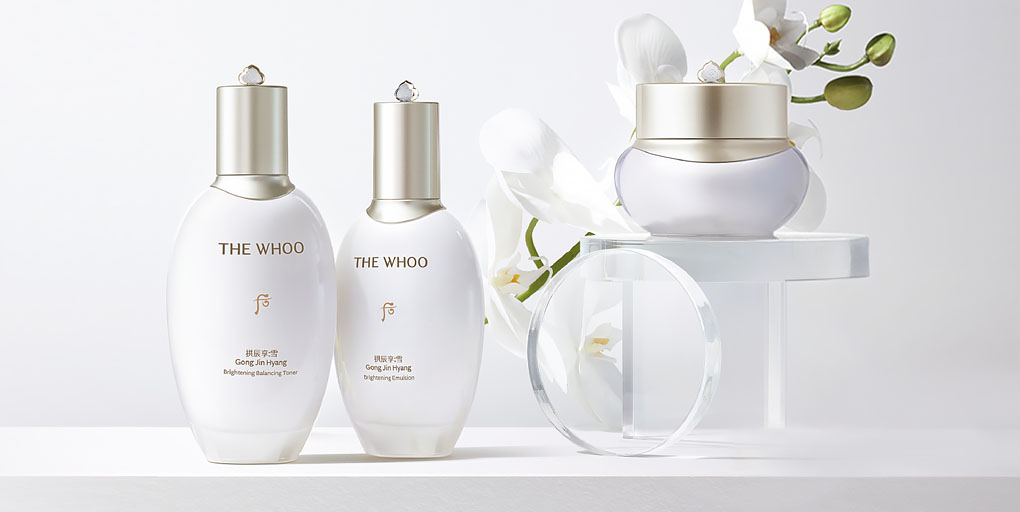
The History of Whoo’s “Gong Jin Hyang Brightening” (공진향:설), formerly known as “Gongjinhyang Seol,” is a brightening skincare line designed to restore the skin’s natural radiance by fading visible dark spots, such as blemishes, melasma, and sun damage, as well as addressing latent hyperpigmentation.
Disclaimer: I personally translated the majority of facts and contents in this article from original Korean sources, so I kindly ask you to credit my work if you’re planning to use any of the information included in this guide.
Many concepts mentioned in this guide are based on Oriental Medicine principles, for a better understanding please refer to the introduction to Traditional Korean Medicine on this website. It’s important to stress out that there is no correspondence between Oriental Medicine organs and Western anatomy so capitalised names in this article shouldn’t be interpreted in the Western medical sense.
⬥ Recommended for:
Main Ingredients
The History of Whoo’s “Gong Jin Hyang Brightening” was developed to target both internal and external factors contributing to skin pigmentation. On an external level, the products work to brighten visible dark spots triggered from environmental aggressors such as UV rays and air pollution. On an internal level, the line incorporates ingredients that enhance the skin’s immunity by restoring the balance of the Five Organs (오장, 五臟), a delicate harmony that typically deteriorates with age.
This combined approach not only helps even out skin tone but also strengthens the skin’s defences against future invasions of Pathological Wind, thereby reducing the risk of further hyperpigmentation.
⬥ A traditional approach to skin brightening
In the Chinese medical classic *Zhubingyuanhoulun* (제병원후론, 諸病源候論) by Chao Yuanfang, Pigment Darkening (흑화, 黑化) is described as a condition caused by weakened immunity (“weakened Qi and Blood”), which allows for the invasion of Pathological Wind (풍사, 風邪)8. Essentially, this means that skin pigmentation is influenced by both internal factors (compromised immunity), and external factors (Pathological Wind).
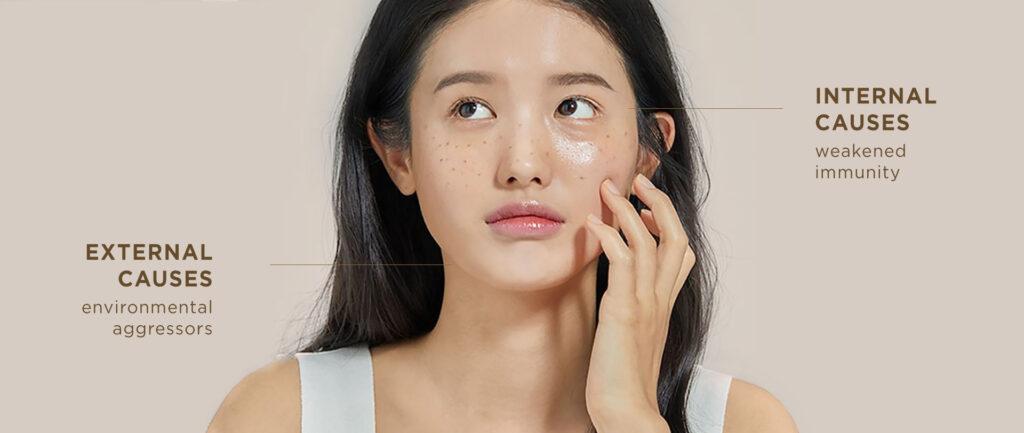
six Pernicious Influences
To understand the effects of Pathological Wind, it is essential to first understand the concept of the “Six Pernicious Influences.”
In Oriental Medicine, the theory of the 5 Periods and 6 Qi (오운육기, 五運六気) explains how seasonal and climatic variations impact human health. According to the “Advanced Textbook of Traditional Chinese Medicine and Pharmacology”:
“Wind, cold, summer-heat, damp, dryness, and fire are the six climatic factors which correspond to normal seasonal changes. Normally, they are known as the “Six Qi.” (…). The Six Qi normally will not cause diseases. However, if and when the Six Qi become abnormal or excessive, as happens in abrupt changes in environmental conditions, and if the body’s resistance is too weak to adapt to these variations, the Six Qi may become the six excesses: pathogenic factors that cause diseases6.”
Advanced Textbook of Traditional Chinese Medicine and Pharmacology
When the body’s immunity is weakened or compromised, the six environmental forces, known as the “6 Qi”, become injurious by invading the body. In Oriental Medicine, these forces are traditionally referred to as the “Six Pernicious Influences” or “Six Evils.”

In the context of skin aging, the Six Evils manifest through these symptoms:
Wind is the leading pathogen among the Six Evils. While the other Five Evils are seasonal, wind is present throughout the entire year and can lead to illness whenever the body’s immune system is weakened or compromised7.
The History of Whoo’s “Gong Jin Hyang Brightening” combines modern and traditional skin-brightening remedies to offer a comprehensive skin-brightening treatment.
⬥ Anti-Darkness Complex™
All products in The History of Whoo’s “Gong Jin Hyang Brightening” contain Anti-Darkness Complex™, a blend of potent skin-brightening ingredients identified through The History of Whoo’s extensive research on skin tone. The ingredient helps to even out skin tone, diminish dullness, and boost skin radiance.
Anti-Darkness Complex™ consists of:
⬥ Jinjusansam™ (진주산삼, 珍珠山蔘)
“Jinjusansam™” (진주산삼, 珍珠山蔘) is an exclusive herbal complex developed by The History of Whoo. The ingredient combines the beneficial properties of Wild-Simulated Ginseng with those of pearls.
Panax Ginseng, often referred to as “Shincho” (신초, 神草) or “God’s Herb,” is one of the most valuable Hanbang herbs. In the context of Oriental Medicine, it is frequently used to replenish Qi (“tonify Qi”) across the Five Organs (오장, 五臟)3.
There are significant differences between Wild Ginseng (Panax Ginseng Meyer cv. Silvatica) and Cultivated Ginseng, particularly regarding market value, physical characteristics, and overall properties. Research indicates that Wild Ginseng contains at least ten times the amount of active compounds found in Cultivated Ginseng2. This greater potency, coupled with its natural scarcity and difficult availability, positions Wild Ginseng as one of the most valuable herbal remedies in Oriental Medicine.
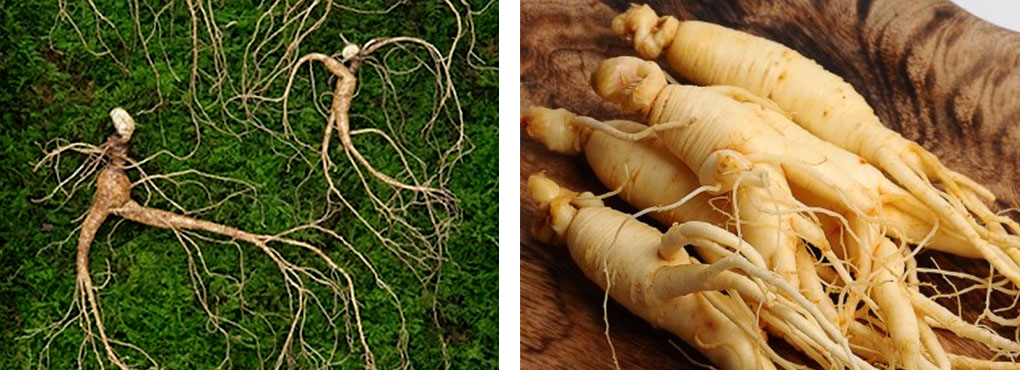
Different morphological characteristics of Wild Ginseng (sx) and Cultivated Ginseng (dx). (source: YTN)
Due to the natural scarcity of the plant, many Wild Ginseng plants found on the market are produced through human intervention. This variety, known as “Wild-Simulated Ginseng,” is created by planting ginseng seeds in environments that closely resemble the natural habitats of Wild Ginseng, and subsequently allowing the plants to develop as naturally as possible.
Wild-Simulated Ginseng is recognised for having a higher concentration of active ingredients than Cultivated Ginseng, though not as much as authentic Wild Ginseng, which contributes to its relatively more accessible market price4.
Pearl powder has been traditionally used in many East Asian countries to promote a luminous complexion. The Donguibogam, the most representative text of Traditional Korean Medicine, describes the benefits of pearl powder as follows:
“When you mix pearl powder with milk and apply it, it removes dark spots and improves complexion by making skin tone more radiant.“
DONGUIBOGAM (1613)1
The History of Whoo combined these two powerful ingredients into a herbal complex called “Jinjusansam“. Since its initial launch, “Jinjusansam” has been the signature ingredient in the “Gong Jin Hyang Brightening” line, effectively reducing hyperpigmentation, enhancing skin radiance, and minimising the appearance of wrinkles.
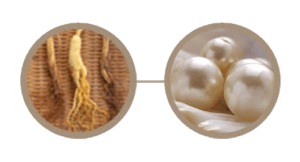
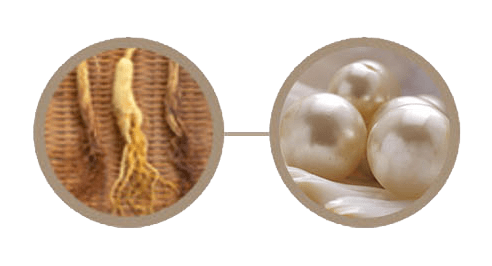
The complex was developed through a modern reinterpretation of a traditional Oriental Medicine processing technique known as “Myeonghachobeop” (명하초법, 明煆助法). The process consists of two steps:

⬥ Gong Jin Solution™
All products from The History of Whoo incorporate “Gong Jin Solution™” (공진솔루션™), a proprietary herbal complex that constitutes the brand’s signature ingredient. This complex represents an evolution of “Gongjinbidan” (공진비단, 供辰秘丹), which was previously the representative ingredient of the brand.
Gong Jin Solution™ was developed through The History of Whoo’s integrative medicine research. This development involved isolating and blending the brand’s former signature anti-aging ingredient Gongjinbidan with three of its key skin-firming active components, collectively referred to as “Gongjinbidan Active.” The components of Gongjinbidan Active include Glycoproteins, Arginine, and Glutamic Acid.
Gongjinbidan (공진비단, 供辰秘丹):
The History of Whoo’s “Gongjinbidan” is based on “Gongjindan” (공진단, 拱辰丹), a traditional Oriental medicine prescription originally created by Chinese physician Wei Yilin. According to the classical text or Oriental Medicine “Efficacious Remedies of the Physicians” (세의득효방, 世醫得效方), “Gongjindan” was a remedy exclusively reserved for emperors and for this reason, it earned the name of “Emperor’s Medicine”9.
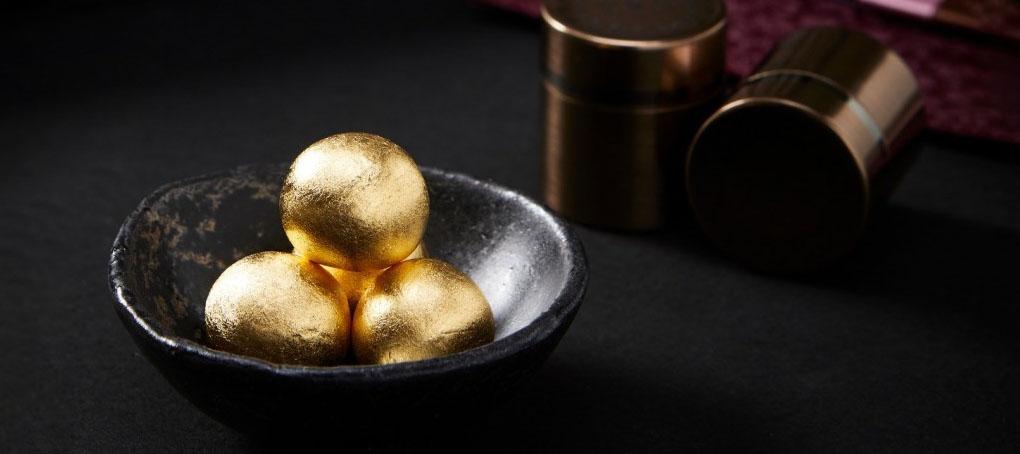
[source: 백록담한의원]
“Gongjindan” appears in many traditional medical texts from China and Korea and it’s described as a remedy that strengthens the body’s immune defences and brings back the natural balance between its organs.
The Donguibogam (the most representative text of Traditional Korean Medicine) describes “Gongjindan” as follows:
“If a man is sickly even after growing up, he is constitutionally weak. In such a case, body fluids should be increased but body heat should be cooled down. Other medicines are inefficacious against it, but this medicine is effective to harmonize internal organs with each other and to prevent various diseases.”
DONGUIBOGAM (1613)
To this day, “Gongjindan” is a vital tonic that is still commonly used in many Asian countries to combat chronic fatigue, weak constitution and deteriorated immunity.
Through the integration of modern science, LG Household & Health Care developed a cosmetic ingredient based on the original prescription for “Gongjindan”: “Gongjinbidan” (공진비단, 供辰秘丹).
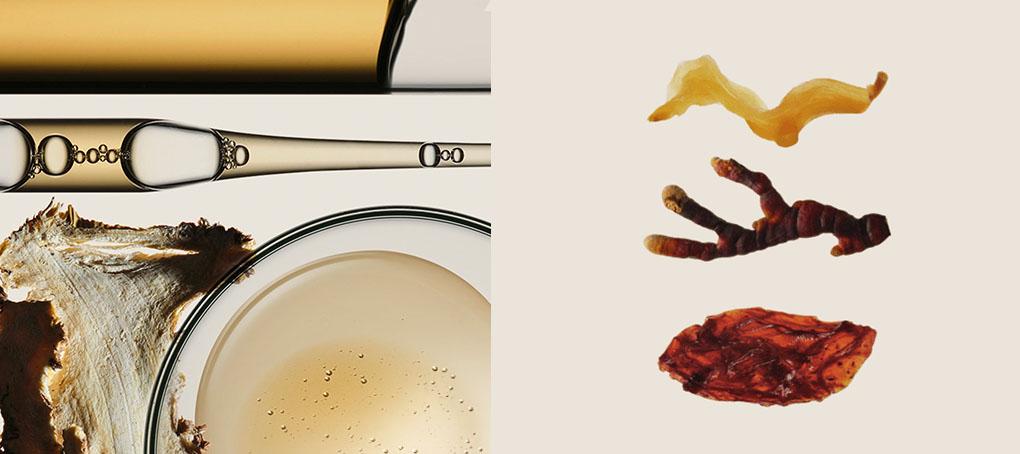
Active Tracking Technology:
At the heart of the new “Gong Jin Solution™ is The History of Whoo’s Active Tracking Technology, an innovative Hanbang Bio-Po Jae technology that effectively delivers the skin-firming properties of Gongjinbidan to the skin.
The term Po Jae (포제, 炮制) refers to traditional methods in Korean medicine designed to prepare herbs for medicinal use. These techniques are designed to enhance or modify specific qualities of the herbs, tailoring them for targeted therapeutic effects. (For further details, please consult the guide on Traditional Korean Medicine available on this website, specifically section 3.3, which covers “Herb preparation and processing methods”).
The History of Whoo combined traditional Po Jae techniques with cutting-edge biotechnology to enhance the skin-firming properties of their classic ingredient, Gongjinbidan. This combination results in improved skin firmness and a more youthful appearance, providing a skincare experience that harmoniously integrates ancient wisdom with modern technology.
Key Ingredients of Gong Jin Solution™
The History of Whoo’s new “Gong Jin Solution™ appears in ingredient lists as:
1,2-Hexanediol, Angelica Gigas Root Extract, Arginine, Asparagus Cochinchinensis Root Extract, Butylene Glycol, Cornus Officinalis Fruit Extract, Ethylhexylglycerin, Ganoderma Lucidum (Mushroom) Extract, Glutamic Acid, Glycoproteins, Thymus Vulgaris (Thyme) Extract, Water
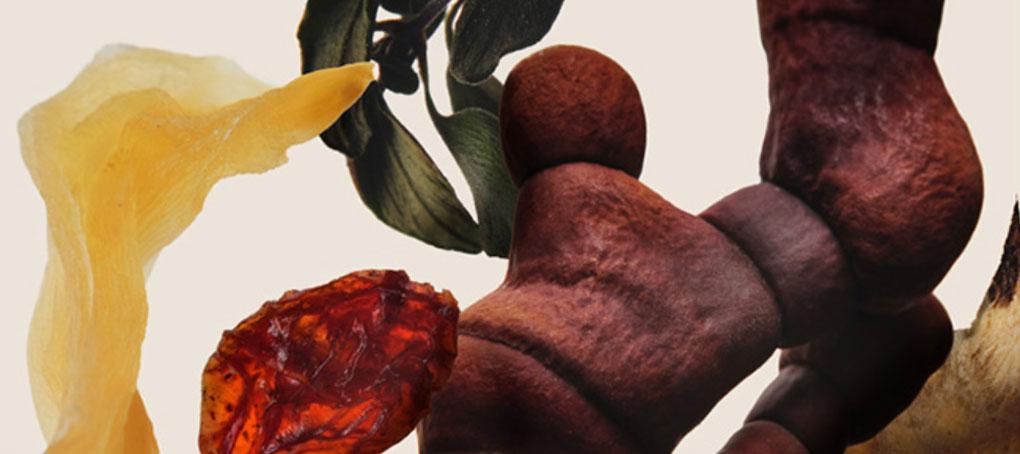
In particular, the ingredient includes with five traditional herbal remedies:
Overall, the ingredient promises to increase energy flow, while also rebalancing and reinvigorating skin to enhance the skin’s intrinsic energy and elasticity.

Products
Click on a product to learn more about its features
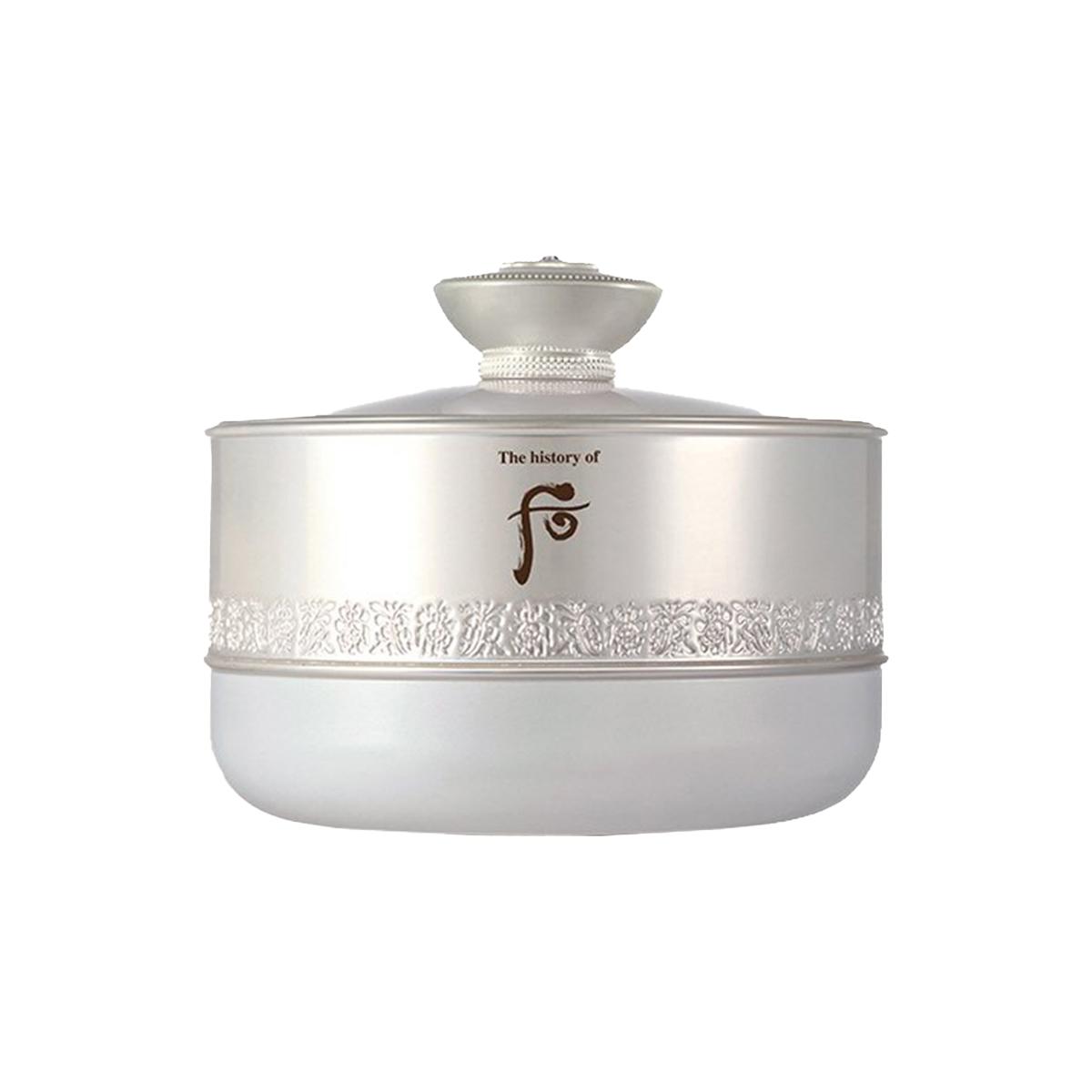
Gongjinhyang Seol Radiant White Ampoule
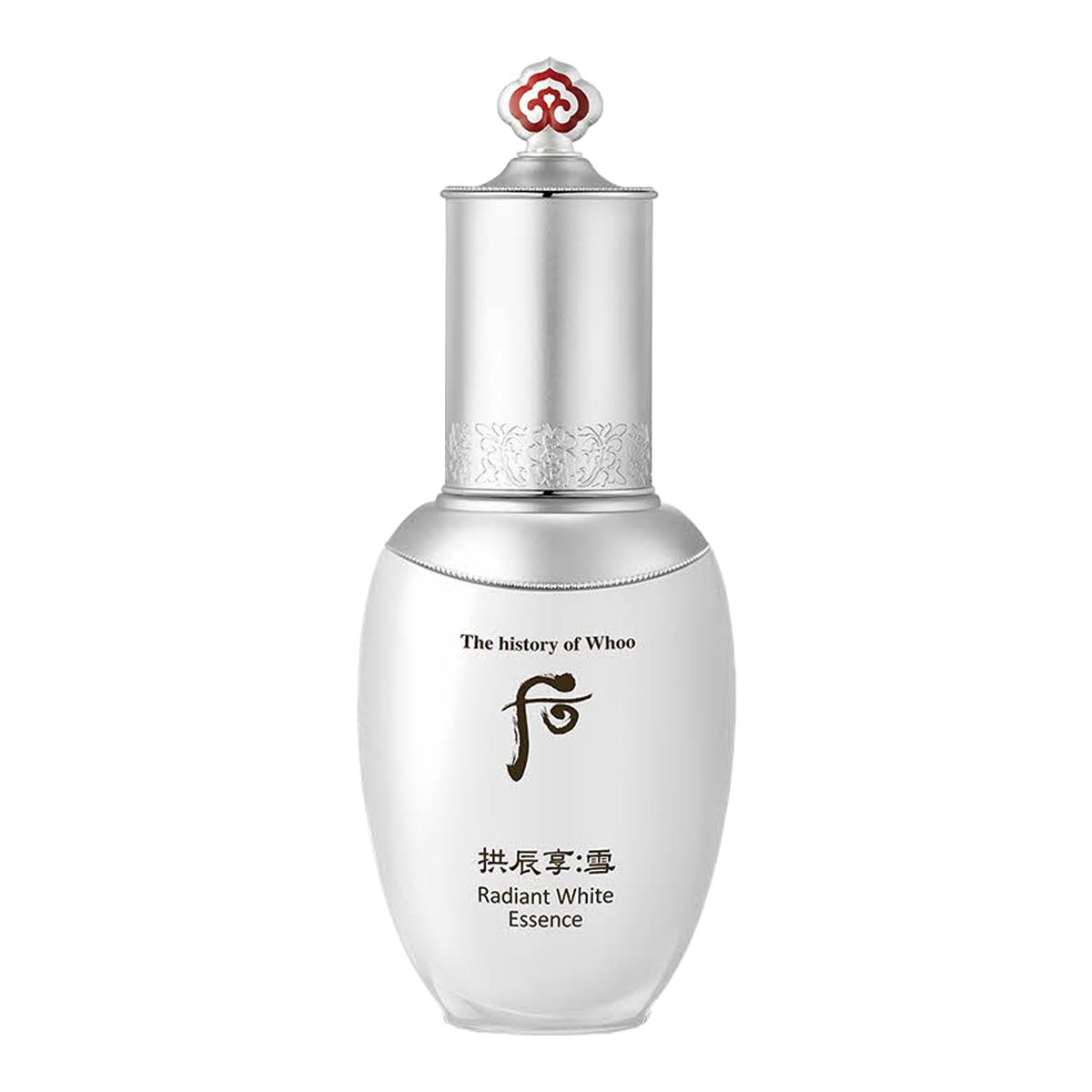
Gongjinhyang Seol Radiant White Essence
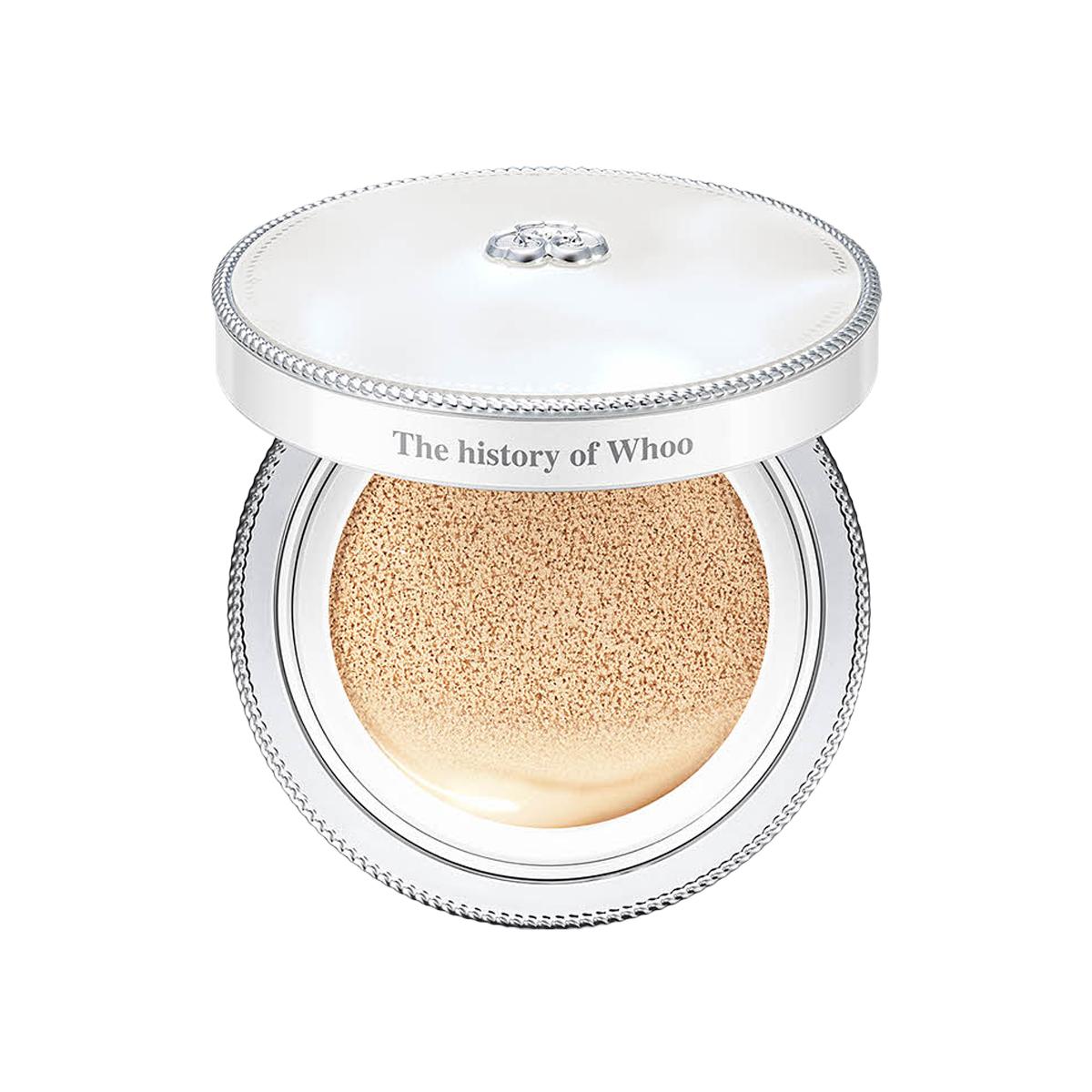
Gongjinhyang Seol Radiant White Moisture Cushion Foundation SPF50+/PA+++
⬥ Recommended order of use

Shop the Line
⬥ International retailers
⬥ South Korean retailers
Make sure to check out the Discount & Coupons page to access exclusive offers for major Korean skincare retailers.

Notes
1. 양해원. (2021). “[화장품 탐구] 화장품 원료로도 보석인 “진주.”” 매경헬스.
2. Jeong H. (2009) 인삼ㆍ산양삼ㆍ자연산 산삼의 ginsenoside 함량 분석 및 홍삼화 후 성분변화 비교. 상지대학교 학술정보원
3. Dharmananda, Subhuti. (2002). “The Nature of Ginseng.” Herbalgram (Number 54), the Journal of the American Botanical Council.
4. 대한민국 산림청. (2020). 임업 및 산촌 진흥촉진에 관한 법률, 제2조.
5. 홍익. (2021). “한의학 용어“.
6. State Administration of Traditional Chinese Medicine. (1995). “Advanced Textbook on Traditional Chinese Medicine and Pharmacology”. New World Press.
7. Chen, P. (1997). Concepts and Theories of Traditional Chinese Medicine. Beijing: Science Press.
8. LG생활건강. (2008) “흑화의 보이지 않은 그늘과 지친 정신까지 투명하게 다스리는 피부 미백 궁중 한방 처방, 공진향 : 설.” 뉴스와이어.
9. 김은진. (2003). “나도 한번쯤 써보고 싶다! 피부 보약, 한방 화장품.” 레이디경향.
10. 나누리. (2023, February). 천문동[天門冬]의 효능과 섭취방법 알아보기. 나누리 블로그.
